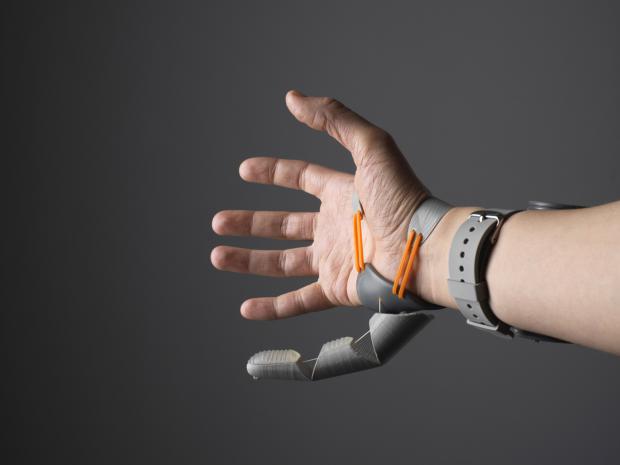
Breaking News
 The AI Arms Race Is Cracking Open The Nuclear Fuel Cycle
The AI Arms Race Is Cracking Open The Nuclear Fuel Cycle
 Nick Shirley Effect Fuels Calls For Crowdfunded Citizen Journalist Grant Program To Expose...
Nick Shirley Effect Fuels Calls For Crowdfunded Citizen Journalist Grant Program To Expose...
 "Quality Learing Center" First Domino To Fall As Somali-Linked Minneapolis Daycare Scandal
"Quality Learing Center" First Domino To Fall As Somali-Linked Minneapolis Daycare Scandal
 The Private Equity Veterinary Scam Making You Poorer and Killing Your Pets
The Private Equity Veterinary Scam Making You Poorer and Killing Your Pets
Top Tech News
 EngineAI T800: Born to Disrupt! #EngineAI #robotics #newtechnology #newproduct
EngineAI T800: Born to Disrupt! #EngineAI #robotics #newtechnology #newproduct
 This Silicon Anode Breakthrough Could Mark A Turning Point For EV Batteries [Update]
This Silicon Anode Breakthrough Could Mark A Turning Point For EV Batteries [Update]
 Travel gadget promises to dry and iron your clothes – totally hands-free
Travel gadget promises to dry and iron your clothes – totally hands-free
 Perfect Aircrete, Kitchen Ingredients.
Perfect Aircrete, Kitchen Ingredients.
 Futuristic pixel-raising display lets you feel what's onscreen
Futuristic pixel-raising display lets you feel what's onscreen
 Cutting-Edge Facility Generates Pure Water and Hydrogen Fuel from Seawater for Mere Pennies
Cutting-Edge Facility Generates Pure Water and Hydrogen Fuel from Seawater for Mere Pennies
 This tiny dev board is packed with features for ambitious makers
This tiny dev board is packed with features for ambitious makers
 Scientists Discover Gel to Regrow Tooth Enamel
Scientists Discover Gel to Regrow Tooth Enamel
 Vitamin C and Dandelion Root Killing Cancer Cells -- as Former CDC Director Calls for COVID-19...
Vitamin C and Dandelion Root Killing Cancer Cells -- as Former CDC Director Calls for COVID-19...
 Galactic Brain: US firm plans space-based data centers, power grid to challenge China
Galactic Brain: US firm plans space-based data centers, power grid to challenge China
How an extra thumb changes the way your brain perceives the hand

The project was more a novelty than a prototype, exploring futurist ideas surrounding body augmentation.
A team of neuroscientists working in The Plasticity Lab at University College London saw the Third Thumb on the news and immediately contacted Clode. They were studying how the human brain adapts to operate augmentative technology, and the Third Thumb was a perfect device to incorporate into their research.
"Body augmentation is a growing field aimed at extending our physical abilities, yet we lack a clear understanding of how our brains can adapt to it," explains Tamir Makin, head of the Plasticity Lab and lead author on the new research. "By studying people using Dani's cleverly-designed Third Thumb, we sought to answer key questions around whether the human brain can support an extra body part, and how the technology might impact our brain."
The researchers recruited 20 subjects who each spent five days training in the lab to use the Third Thumb. They were encouraged to take the device home with them each evening and try to use it for between two and six hours in total per day.
At the beginning and end of the study all participants were scanned using MRI to track brain activity while moving their fingers. A control group of ten participants were also recruited. They completed the same five day training protocol but used a static version of the Third Thumb.



